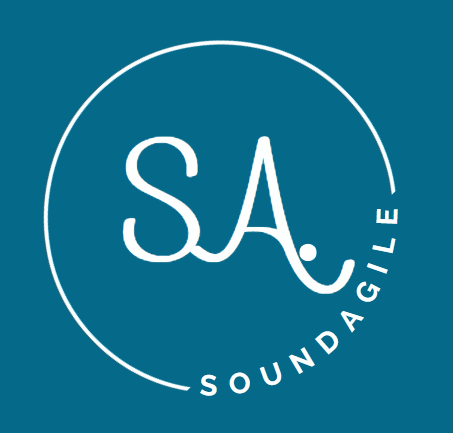One of the most important decisions you make as you reshape your organization to support agility is establishing what we commonly call Product teams and it’s one of the least understood.
Some organizations I have coached Products were defined more along the lines of enhancements to something that already existed or was so large as to be meaningless.
In the former, if you create a team for a short-term enhancement then by definition you won’t be creating a long-standing team, they will get funded for the project enhancement and then disbanded.
Conversely, defining a Product as your website misses the mark because you would not typically have a single Product team responsible for an entire website.
The challenge you will face with organizing Product teams for the short term is that you won’t realize the underlying value that dedicated long-standing teams will provide you in terms of productivity, quality, and employee engagement.
As you begin to reshape your organization around agility, there are two key decisions to be made:
Changing Your Funding Model – Move from funding Projects to Teams
Determine Your Long-Standing Teams – Move from people moving to projects to people on stable teams.
The standard guidance you will receive from Agile coaches is that you have to create Product teams. The problem with this is that for most of us our mindset for a product is that which we purchase something: A car, an iPhone, a Waffle Iron, etc…
Unfortunately, most organizations don’t produce a ‘product’ from that mindset, instead, they have long-standing business capabilities that support their business operations.
I’m suggesting that as you move to create dedicated teams that you focus on a business capability mindset over a Product one.
What is a capability? Think Accounts Payable/Receivable as an easy example. Your organization from its inception has had a business need for Account Payable and Receivable activities. When you were small perhaps Quickbooks sufficed to support this operation but as you grew larger and larger the application that supported this may have changed but the capability to pay our vendors and receive cash from our customers is unchanged.
A Capability that supports the ongoing enhancement, support, and growth of our Accounts Payable and Receivable business capability is where you will create a dedicated team.
The best way to create a model of how you will align your teams is to generate an Enterprise Business Capability model, which will define your highest level business capabilities, down to the business functions that support your daily operations.
If you align your teams at the wrong level you may not have a strong strategically aligned operational team. Obtaining a continuous flow of work, removed from your annual funding cycle are your goals for attaining high levels of business agility.
Avoid the more common way that teams are aligned, which is via the underlying applications that support your capabilities. Aligning by systems and not capabilities ensures that we focus more on the health of the systems and not what is needed by the business.
In one organization the technology leader became so focused on the technology they were using for a new product we were developing that they never delivered anything for the customer. When they canceled the contract the manager told me, ‘if they only could see all of the cool technology we are using’… to which I said they don’t care, we didn’t deliver what they needed now.
As you seek to remain competitive in our ever-changing world, agility is something that will help you, however, done poorly it will slow you down. Focus on building teams around capabilities, and don’t worry about what ‘product’ they are supporting.

